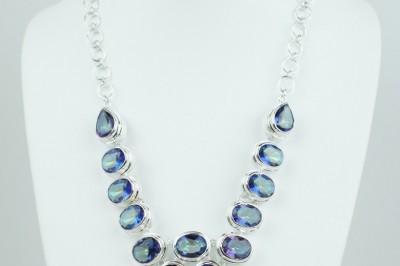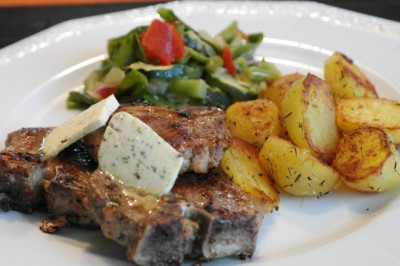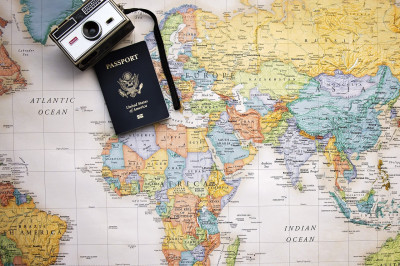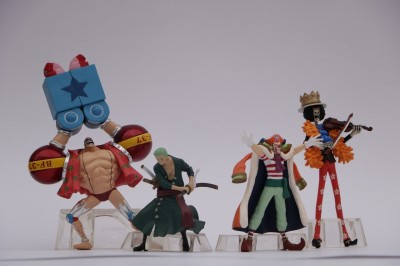The History of the Sno Cone
Ah the sno cone, most of us has had one as a kid and some of us enjoy them as adults. So just how long have sno cones been around you might ask? And who invented them?
To start, the spelling of snow cone varies according to how it is prepared or sometimes just out of tradition. Most retail shaved ice outlets in New Orleans for instance, spell the name of their product sno-cone without the w. This spelling identifies the product to all New Orleanians and indicates an ethnic heritage to the long-standing tradition. For many others it is simply spelled snow cone.
Tracing back the sno cones origin, it is believed that it was invented during the Roman Empire (27 B.C. to A.D. 395). Snow was hauled from the mountaintops to the city, syrup was added and people had flavored snow.
By the late 1800s and early 1900s, when it came to shaving ice or snow, a wood plane was used. Hand held ice shavers were designed solely to produce sno-balls. Numerous manufacturers were creating such shavers by the late eighteen hundreds. In 1920, Samuel Bert of Dallas, Texas invented a snow cone making machine. A year earlier, he sold shaved ice at the 1919 State Fair of Texas. Ernest Hansen, an inventor from New Orleans, patented the first motorized ice block shaver in 1934. Hansen was helped by his wife who created several flavors of syrup to be added to the shaved ice, which came to be known as "snowballs". It is said that Hansen was inspired to create his invention due to the popular Italian ice sold from pushcarts in the city. Hansen continued work at the original Hansens Sno-Bliz in Uptown New Orleans on Tchoupitoulas Street through 2005. Mrs. Hansen died in late 2005, shortly after Hurricane Katrina and Mr. Hansen died in March 2006.
Shaving ice or gathering snow and adding flavor has been popular around the world. One variation of the snow cone comes from Asia. When Japanese immigrants came to the Hawaiian islands to work, they brought the snow cone with them, using hand-operated steel blades to shave the ice in a method very similar to Ernest Hansens. The treat quickly became immensely popular throughout the islands, where the tropical temperatures ensured "shaved ice" sold all year. Hawaiian shaved ice cones are known for the ices extremely fine-near powdery-consistency, as well as the unusual flavor combinations used: typically, tropical fruit flavored syrups are used, with many variants including a scoop of vanilla ice cream or Japanese azuki, a red, sweet bean.
In Cuba and many Cuban neighborhoods, snow cones are known as "granizados," after the Spanish word granizo for hailstones. In Miami neighborhoods, they are often sold in conjunction with other frozen confections in ice cream trucks and stands throughout the city. A classic Cuban flavoring for granizados is anise, made from extracts of the star anise spice.
In Puerto Rico and in many Puerto Rican neighborhoods, snow cones are named "Piragua", because they are made in pyramid shapes and agua means water in Spanish. Most Puerto Rican snow cone vendors use street snow cone carts instead of fixed stands or kiosks.
In Mexico, Columbia and south Texas, a finely shaved and syrupy ice is called a raspa, or raspado. Raspar is Spanish for "scrape"; hence raspado means, roughly, "scraped ice." Raspas come in a wide range of fruit flavors and classic Mexican flavors, such as leche (sweetened milk with cinnamon), picocito (lemon and chili powder), chamoy (fruits and chili sauce), cucumber, guanabana, guava, pistachio, tamarind, among others. When these ingredients are combined with fresh fruit it is called cholado.
Snow cones from Lebanon are widely known for their religious purposes in Maronite Catholicism. Snow cones are served to children entering their teenage years, prior to their confirmation in the Church. This practice dates back to the early 1960s, and was first began by Father Francis Ephrem Boustany. Today, snow cones are not limited to the Church. They are a popular summertime treat among both Maronites and Muslims.
In the Dominican Republic and many Dominican neighborhoods, snow cones are called "frio frio". "Frio" is the word for "cold" and is thus named for the cold chills one gets while eating it.
The dessert ice kachang served in Malaysia and Singapore is another form of shaved ice. Ice kachang originally was served with red beans but now includes various fruits and other sweet toppings.
So how do you prefer your sno cone? And what childhood memory do you recall with sno cones? Snow cones have a long history around the world and are most likely to be here for many more years to come.Manufacturefun.com offers a wide range of possibilities for businesses, schools or concessionaires. Visit them online for more information on their popcorn popper, snow cone machines or cotton candy machines.


































